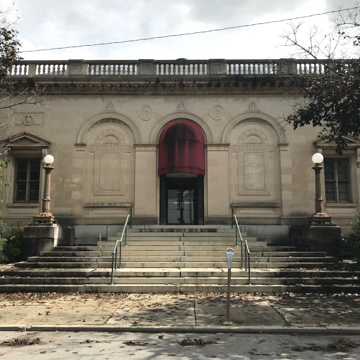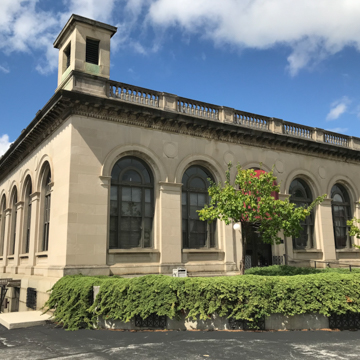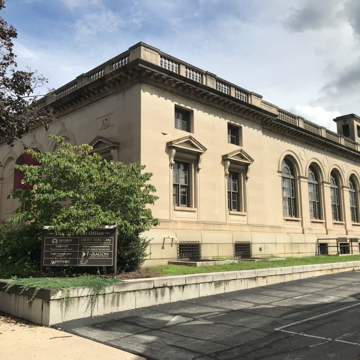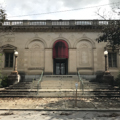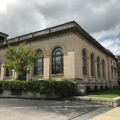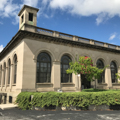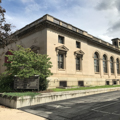You are here
Office Building (U.S. Post Office)
The former post office attests to the generally high level of public architecture sponsored by the federal government in the early twentieth century. James Knox Taylor graduated from Massachusetts Institute of Technology's architecture program and brought a solid classicism to his task. Here he explored the delights of Italian fifteenth-century architecture to create an elegant urbane confection much at odds with the stolid German character of Hanover. The interior public lobby was accented by polished marble columns with gilt capitals and skylights, making for a pleasant work area. Abandoned in 1969, the post office was first adapted to serve as a clothing store and has since been rehabilitated as offices.
Writing Credits
If SAH Archipedia has been useful to you, please consider supporting it.
SAH Archipedia tells the story of the United States through its buildings, landscapes, and cities. This freely available resource empowers the public with authoritative knowledge that deepens their understanding and appreciation of the built environment. But the Society of Architectural Historians, which created SAH Archipedia with University of Virginia Press, needs your support to maintain the high-caliber research, writing, photography, cartography, editing, design, and programming that make SAH Archipedia a trusted online resource available to all who value the history of place, heritage tourism, and learning.















